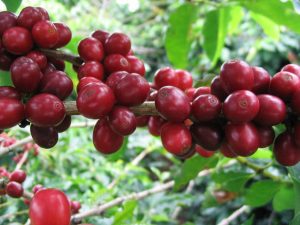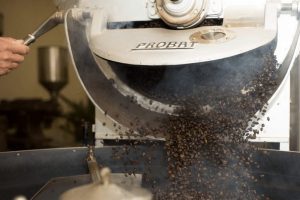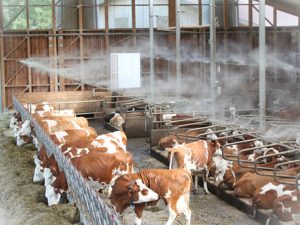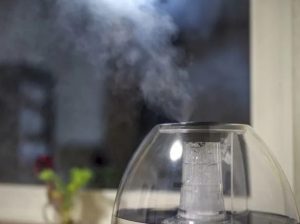Usefulness of the dehumidifier for good conservation of grains and fruits
The quality of any agri-food product is of utmost importance for the final consumer. Said quality will depend on the processes used in the production, storage and even form of transportation of the product. Specifically in arabica coffee, there must be substantial improvements for the roasting and storage phases, where the

moisture content of the beans is essential, which often has to be increased during these stages, so that its stability is assured.
For example, in the storage of coffee in general, it is highly recommended that it be stored in dry parchment and sacks without any type of dirt and much less moisture. The warehouse or cellar should have a good microclimate, and it should also be neat and cool.
To ensure good ventilation and decrease in atmospheric saturation, it is best to try to have a portable or fixed dehumidifier. It is important, because if there is a humidity above 80%, the grain will begin to absorb the humidity, and these changes will affect the morphology, consistency and quality of the fruit. This can even be aggravated, considering that the storage times of the product could be longer than calculated, with latent threats that appear with high atmospheric saturation, such as moisture fungi and bacteria, which practically spoil entire batches of agro-industrial goods.
In this sense, experts recommend that storage places are at least below 60%. But also, with constant monitoring of these conditions, because thermal variations can almost certainly occur; a simple moisture generated from the soil, would be enough for the unfortunate absorption of water in the coffee bean. The excellent humidity conditions for the fruits in general would be 65% humidity with a temperature no higher than 20 degrees Celsius. These processes are controlled with good air conditioning and dehumidification

through dehumidifiers.
Coffee making processes: Roasting and cooling
There is a phase between roasting the berries and cooling. After roasting, there is a process to cool the fruits, which are applied through two main methods, air or water cooling. In either of the two ways, when the berries
decrease their own temperature below 100 °C, an exothermic condensation phenomenon begins in them, giving the possibility of a more notable absorption of moisture in the product, thus generating probable oxidation in the skin of the grain, in addition to other physical and chemical alterations.
For this reason, it may be convenient that in these stages between roasting and drying, there is adequate control of humidity and temperature in the environment, perhaps by means of dehumidifiers or the same ventilation.
Importance of coffee packaging to prolong its quality in the face of high humidity and temperature
One of the main reasons for stale or spoiled coffee is the way it is packaged, and the technique involved. There are basically two types of packaging: vacuum or atmospheric pressure. The containers are usually made of aluminum or glass. The important thing in these instances is to carry out a good packaging, so that the climatic

conditions inherent in the warehouse or warehouses do not threaten the quality of the grain and its physical and chemical properties.
The main factors that are capable of deteriorating coffee are: temperature, humidity and oxygen concentration. If the product is
constantly exposed to these factors, then there will be oxidation and loss of volatile compounds from the bean, which will greatly contribute to an eventual rancid taste of the coffee. Good packaging is transcendental.
And just as important is to promote good atmospheric conditions in warehouses, with adequate air conditioning, through Mini Split Inverter, mechanical ventilation, as well as the use of dehumidifiers or humidification systems, to control atmospheric saturation.




